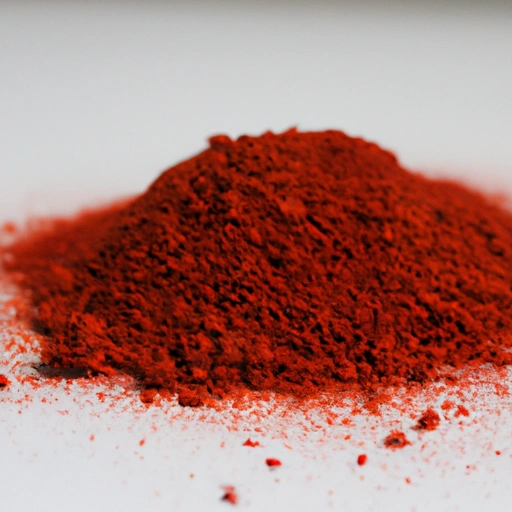Paprika
Description

Paprika is a ground spice made from the dried fruits of Capsicum annuum, a type of pepper plant that is milder in heat compared to other chili peppers. This vibrant red powder is known for its sweet, smoky flavor and is used in a variety of cuisines to add color and depth to dishes. The heat level and flavor profile of paprika can vary depending on the type of pepper used and whether the seeds are included in the grinding process.
Common uses
Paprika is commonly used as a seasoning in soups, stews, meats, and as a garnish on deviled eggs and potato salads. It's also a key ingredient in spice blends such as goulash, chorizo, and curry powders.
Nutritional value
Calories
One tablespoon (6.8 grams or about 0.24 ounces) of paprika contains approximately 19 calories.
Protein
Paprika contains about 1 gram of protein per tablespoon (6.8 grams or 0.24 ounces).
Fat
Paprika contains a negligible amount of fat, with less than 1 gram per tablespoon (6.8 grams or 0.24 ounces).
Carbohydrates
There are about 4 grams of carbohydrates in a tablespoon (6.8 grams or 0.24 ounces) of paprika.
Vitamins
Paprika is rich in vitamin A, with a tablespoon (6.8 grams or 0.24 ounces) providing over 100% of the Recommended Daily Intake (RDI). It also contains other vitamins like vitamin E and vitamin B6.
Minerals
Paprika provides a source of iron, potassium, and magnesium.
Health benefits
Paprika is celebrated for its high antioxidant content, including vitamin A and carotenoids, which can support eye health and reduce inflammation. The capsaicin in paprika may also boost metabolism and improve heart health.
Potential risks
Consuming large amounts of paprika, especially hot varieties, may lead to gastrointestinal irritation in some individuals. People with nightshade allergies should also avoid paprika.
Common recipes
Paprika is featured in Hungarian goulash, Spanish paella, and American barbecue rubs. It adds warmth and color to many comfort foods around the world.
Cooking methods
Paprika can be sprinkled on as a finishing spice or cooked into sauces and marinades. It's important to avoid overheating paprika as it can become bitter.
Pairing with other ingredients
Paprika pairs well with meats like chicken and beef, starches such as potatoes and rice, and creamy ingredients like yogurt and sour cream.
Summary
Paprika is a versatile spice that enhances the flavor profile and visual appeal of dishes across various cuisines. With its rich history, numerous health benefits, and array of culinary applications, paprika is a must-have in any spice collection.